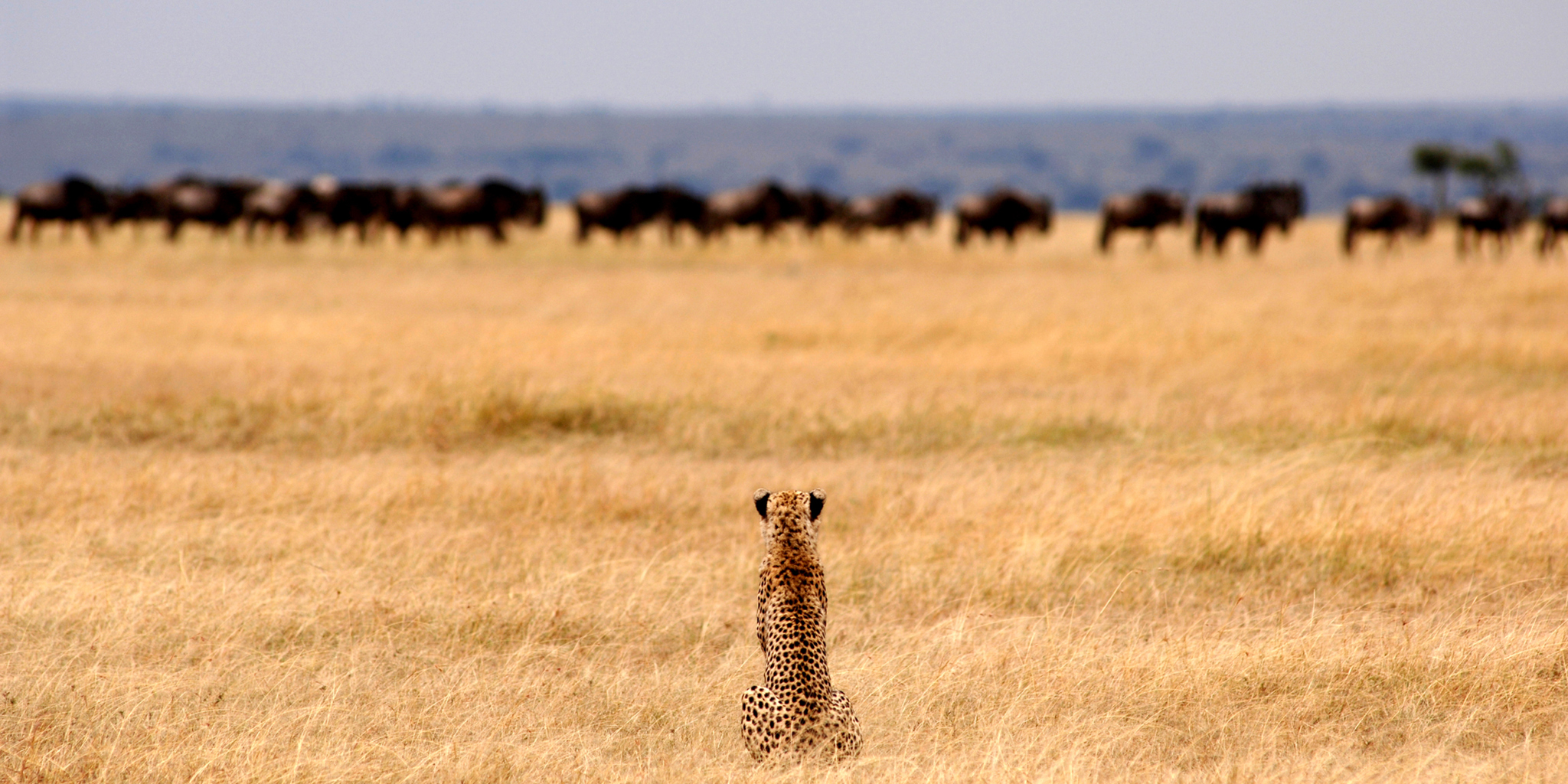Tanzania's Serengeti Great Migration
The Serengeti is the ‘mother’ of all safari parks and the Great Migration one of the planets most impressive wildlife events; this is a park that epitomises the very essence of safari. Home to the largest herds on earth and with Africa’s Big Five on show, the Serengeti is one of those rare places that exceeds your expectations.
The 1.5 million strong 'Wildebeest Great Migration' is the parks major attraction and the majority of trips to the Serengeti should be designed around it. In this 12-part month by month blog series, I look at each month’s movements of the herds and all the other wildlife caught up in the action. I will also link you to my suggestions for the best places to stay throughout the year, to make sure you’re in the thick of the herds whenever you travel. And there are a few suggestions for how you might like to combine your Great Migration trip with other areas. Intrigued? Read on…
 UK / International
UK / International
 USA
USA
 CA
CA
 Australia
Australia







